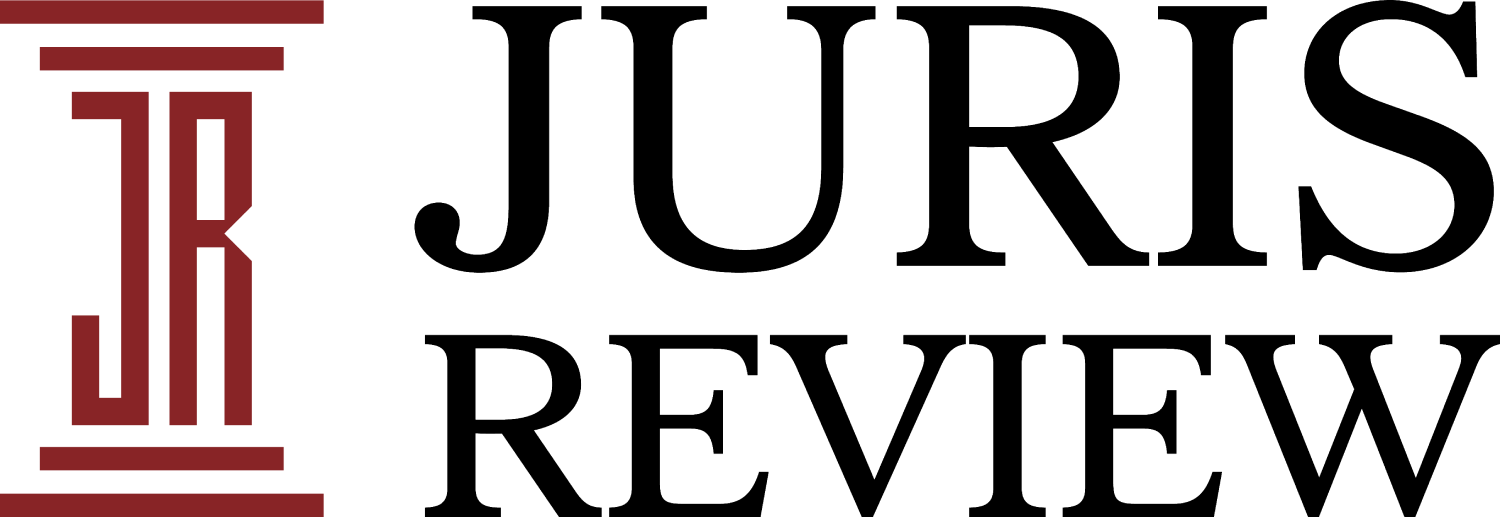In the ever-evolving landscape of federal prosecution, few career trajectories have been as rapid and as closely watched as that of U.S. Attorney Lindsey Halligan. Appointed interim U.S. Attorney for the Eastern District of Virginia in September 2025, Halligan’s appointment reflects broader shifts in the dynamics of high-stakes legal work at the federal level, as well as the ways in which political, operational, and professional considerations intertwine in shaping prosecutorial careers. Her journey from private practice to one of the most influential legal positions in the country offers a case study in how careers in federal law can be shaped by a variety of factors, from political maneuvering to rapid career advancements.
Before taking on the role of U.S. Attorney, Halligan’s career path seemed to chart a course outside of traditional prosecution. With a background in insurance law and a stint working for the White House, she initially honed her legal expertise in the private sector. Her move to federal law came after several years in both corporate and government service, a trajectory that set her apart from many of her peers who followed a more conventional prosecutorial route. Her appointment to this high-profile position in 2025 has caught the attention of legal professionals and political analysts alike, particularly in light of the cases that come under the jurisdiction of the Eastern District of Virginia. This district, one of the most important and active in the federal system, handles a wide range of high-profile cases, including those involving national security, terrorism, and financial crimes.
Colleagues and associates of Halligan praise her for being a “fast learner” and someone who brings a hands-on approach to her role. She has earned a reputation for immersing herself in the details of cases and handling them with the kind of direct involvement that many professionals at her level avoid. Despite these positive remarks, her relatively limited prosecutorial experience has raised some concerns, particularly among critics who question whether she has the depth of experience needed to navigate the complex and often high-stakes cases that fall under her purview. The fact that her appointment came without an extensive background in criminal prosecution has led to debates within legal circles about whether the role of U.S. Attorney has become more susceptible to political influence than in the past.
As U.S. Attorney for the Eastern District of Virginia, Halligan now finds herself at the helm of some of the country’s most consequential legal proceedings. The office’s portfolio includes a wide array of sensitive and high-profile cases, including major national security investigations, prosecutions related to corporate fraud, and even cases involving political corruption. The legal community is keenly watching how Halligan will navigate these cases, given her background and the intense scrutiny that accompanies any decision she makes. Her leadership will be under the microscope as she attempts to balance the needs of prosecuting complex cases with the pressures of her political and professional trajectory.
Halligan’s rise is indicative of a broader trend in the federal legal landscape, where political appointees are increasingly being tapped to fill high-ranking positions. Her career progression has raised questions about the intersection of political maneuvering, professional expertise, and operational realities in the selection of U.S. Attorneys. As federal prosecution becomes a more politicized arena, the profiles of those appointed to these high-profile positions seem to be shifting. It is no longer just about deep prosecutorial experience but about balancing political savvy, government experience, and an ability to manage large, high-stakes legal operations.
For legal professionals, Halligan’s appointment is more than just an individual story—it is a reflection of changing trends within the federal justice system. As law offices, government agencies, and legal teams continue to operate within a politically charged environment, the factors that influence appointments to key legal positions may become more complicated. The rise of non-traditional candidates for powerful legal roles raises important questions about how appointments influence case strategies, office cultures, and prosecutorial priorities. In a time when the lines between politics and law seem increasingly blurred, the career of Lindsey Halligan could serve as a bellwether for the future of federal prosecution.
The legal community, as well as political observers, will undoubtedly continue to track her progress and leadership as U.S. Attorney. Whether Halligan’s experience and approach will be enough to carry her through the challenges of this new role will likely influence not only her future but also the broader evolution of the prosecutorial landscape in the United States. What remains clear is that Halligan’s rapid rise, her hands-on approach to legal practice, and the political factors surrounding her appointment are redefining what it means to hold one of the highest legal offices in the country.

